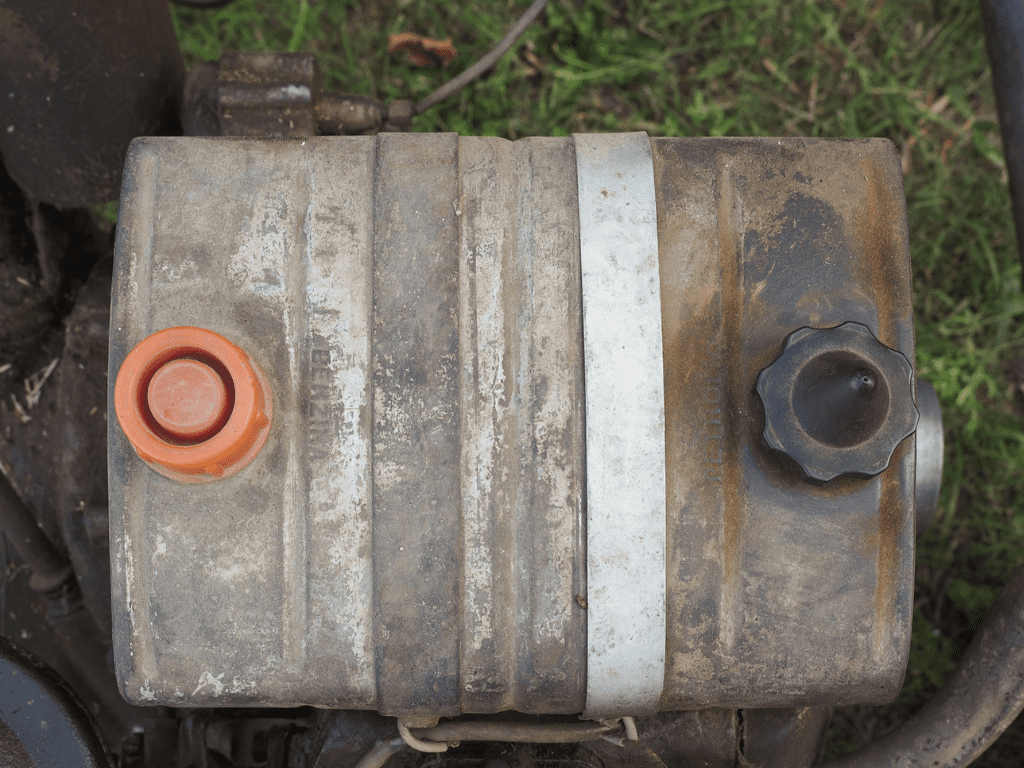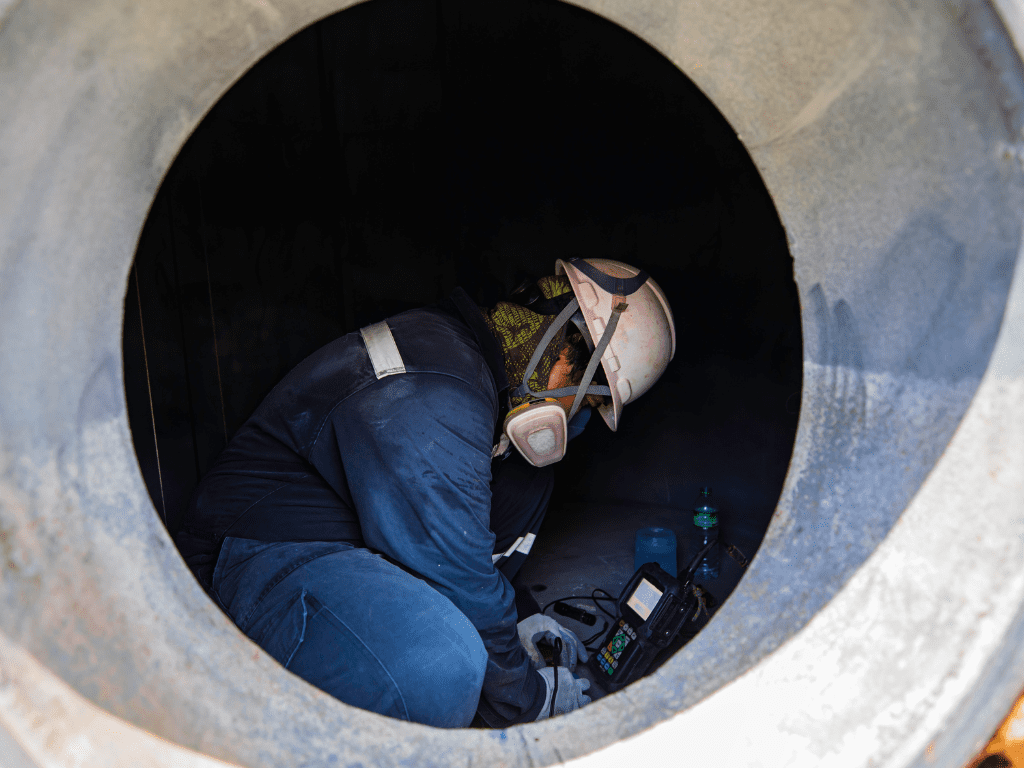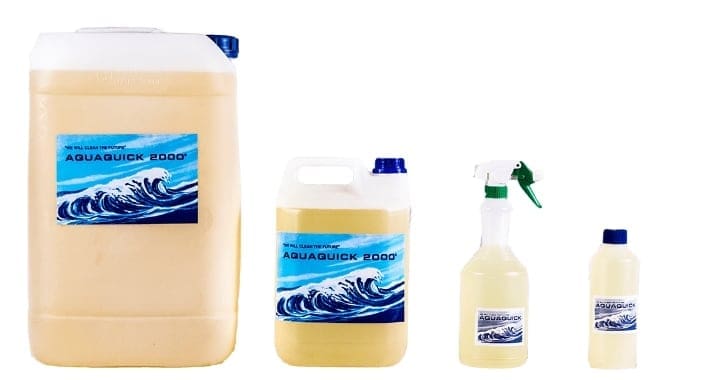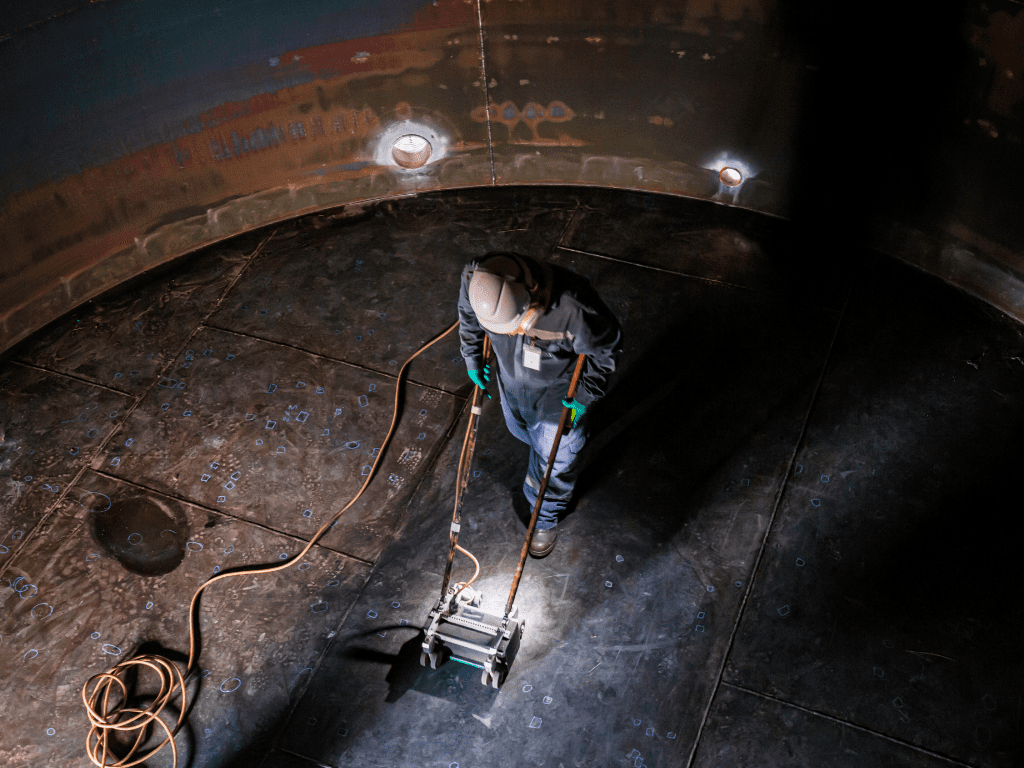Fuel tanks, especially those made of metal, are prone to rust formation over time due to exposure to moisture and air. Rust not only compromises the integrity of the fuel tank but can also clog fuel lines, damage engines, and reduce overall vehicle efficiency. If you’ve noticed rust in your fuel tank, cleaning it out is essential to prevent further damage. In this guide, we will walk you through the process of cleaning rust out of fuel tanks effectively, ensuring your vehicle runs smoothly for years to come.
Understanding Fuel Tank Rust
Before diving into cleaning rust out of fuel tanks, it’s crucial to understand how rust forms and the risks it poses. Rust, or iron oxide, is a natural reaction when metal surfaces are exposed to moisture and oxygen. In fuel tanks, condensation can lead to water accumulation, which in turn leads to rust.
Why Cleaning Rust Out of Fuel Tanks Is Important
Over time, rust can flake off inside the tank, contaminating the fuel and causing serious engine damage. This debris can clog fuel filters and injectors, disrupt fuel flow, and even cause engine failure. Regularly cleaning rust out of fuel tanks helps ensure optimal vehicle performance and longevity.
Common Causes of Fuel Tank Rust
Understanding what causes rust in your fuel tank is the first step in prevention. Here are a few common factors:
- Moisture accumulation: Condensation inside the tank.
- Poor fuel quality: Contaminants in fuel can accelerate corrosion.
- Extended periods of inactivity: Vehicles left unused for long periods can develop rust due to stagnant fuel.
How to Prevent Rust from Forming in Your Fuel Tank
Prevention is always better than cure. Here are a few strategies to avoid rust formation in your fuel tank:
- Keep the tank full: A full tank reduces the chance of condensation.
- Use fuel additives: Additives can prevent corrosion by stabilizing fuel.
- Regular inspection: Routinely check your tank for any signs of rust or damage.

Step-by-Step Guide to Cleaning Rust Out of Fuel Tanks
Cleaning rust out of a fuel tank involves several steps, ranging from mechanical to chemical treatments. Below is a detailed breakdown of how to effectively carry out the process.
1. Preparation and Safety Measures
Before you begin cleaning rust out of a fuel tank, ensure that you have the proper safety equipment and tools:
- Gloves, safety glasses, and a mask
- A jack or lift (if the fuel tank is still attached to a vehicle)
- A siphon pump
- Rust removal tools (e.g., wire brush, sandpaper)
- Chemical rust removers (optional but recommended)
- AQUAQUICK 2000 for thorough cleaning
Ensure the vehicle is in a well-ventilated area, as fumes from fuel can be harmful.
2. Drain the Fuel Tank
Start by draining any remaining fuel in the tank using a siphon pump. Collect the fuel in a container for proper disposal. Draining the tank allows you to assess the rust damage and prepare for mechanical and chemical treatments.
3. Mechanical Rust Removal
Once the tank is empty, begin with mechanical rust removal. This involves scraping off as much rust as possible using tools like a wire brush or sandpaper. For tanks with minimal rust, this method may be sufficient. If the rust is more widespread, further steps will be necessary.
4. Chemical Rust Removal
For more severe rust, a chemical approach is recommended. There are various rust removal solutions available on the market. Cleaning rust out of fuel tanks using a chemical remover helps dissolve rust that can’t be reached mechanically.
AQUAQUICK 2000 is an excellent product for this purpose. It is eco-friendly and can be used to help clean out fuel tanks without damaging other components. Add the solution to the tank as per the instructions, allowing it to sit for the recommended duration before draining.
5. Rinsing and Drying the Fuel Tank
After removing the rust, it’s crucial to thoroughly rinse the tank to remove any remaining chemicals and debris. Use hot water and a mild detergent, or a specialized tank cleaner like AQUAQUICK 2000, to ensure no residues are left behind. Once cleaned, let the tank air dry completely before moving on to the next step.
6. Sealing the Tank for Rust Prevention
Once you’ve finished cleaning rust out of fuel tanks, it’s essential to apply a sealant to prevent future rust. Tank sealants form a protective layer inside the tank, minimizing the chance of moisture buildup and future rust formation. These products are readily available and easy to apply.

The Role of AQUAQUICK 2000 in Rust Removal
In your journey to cleaning rust out of fuel tanks, AQUAQUICK 2000 serves as a multi-purpose cleaner that aids in degreasing and removing contaminants effectively. While it is mainly known for cleaning oil and grease, its gentle yet effective formula also makes it suitable for preparing surfaces for rust treatment, particularly in fuel tanks.
Using a biodegradable product like AQUAQUICK 2000 not only ensures your tank is free from debris but also helps in preventing harmful chemicals from damaging your tank or the environment. While cleaning rust out of fuel tanks with chemical solutions is common, pairing it with eco-friendly options like AQUAQUICK ensures a safer cleaning process.
Final Tips for Maintaining a Rust-Free Fuel Tank
After successfully cleaning rust out of fuel tanks, maintaining a rust-free tank is crucial for your vehicle’s long-term performance. Here are some tips:
- Regular inspection: Check for signs of rust periodically.
- Fuel additives: Use corrosion inhibitors to keep rust at bay.
- Store the vehicle properly: If your vehicle will sit for long periods, ensure the tank is full, or add fuel stabilizers to prevent condensation.
- Use high-quality fuel: Poor-quality fuel often contains contaminants that contribute to corrosion.
Frequently Asked Questions (FAQs)
1. How often should I clean rust out of a fuel tank?
The frequency of cleaning rust out of fuel tanks depends on the environment and how often the vehicle is used. If your vehicle sits idle for long periods, inspect the tank at least once a year.
2. Can I clean rust out of a fuel tank without removing it from the vehicle?
Yes, but it’s more challenging. Draining the tank completely and using flexible tools like siphon pumps and chemical removers can make the job easier.
3. How effective is AQUAQUICK 2000 for rust removal?
AQUAQUICK 2000 is effective for cleaning tanks and preparing them for rust removal, especially when combined with chemical rust removers. Its eco-friendly properties make it a great option for reducing harmful residues.

4. Can rust in a fuel tank cause engine damage?
Yes, rust particles can clog fuel lines and injectors, leading to engine issues over time. It’s important to act quickly if you notice rust in your tank.
Conclusion: Keeping Your Fuel Tank Rust-Free
Rust in a fuel tank can lead to a range of problems, from poor fuel efficiency to engine failure. Regularly inspecting your tank, using high-quality products like AQUAQUICK 2000, and following the proper steps for cleaning rust out of fuel tanks can help keep your vehicle running smoothly and extend the lifespan of the tank itself.
By taking preventative measures and maintaining the cleanliness of your fuel tank, you can avoid the costly and time-consuming repairs that rust can cause, ensuring that your vehicle remains in peak condition for years to come.














